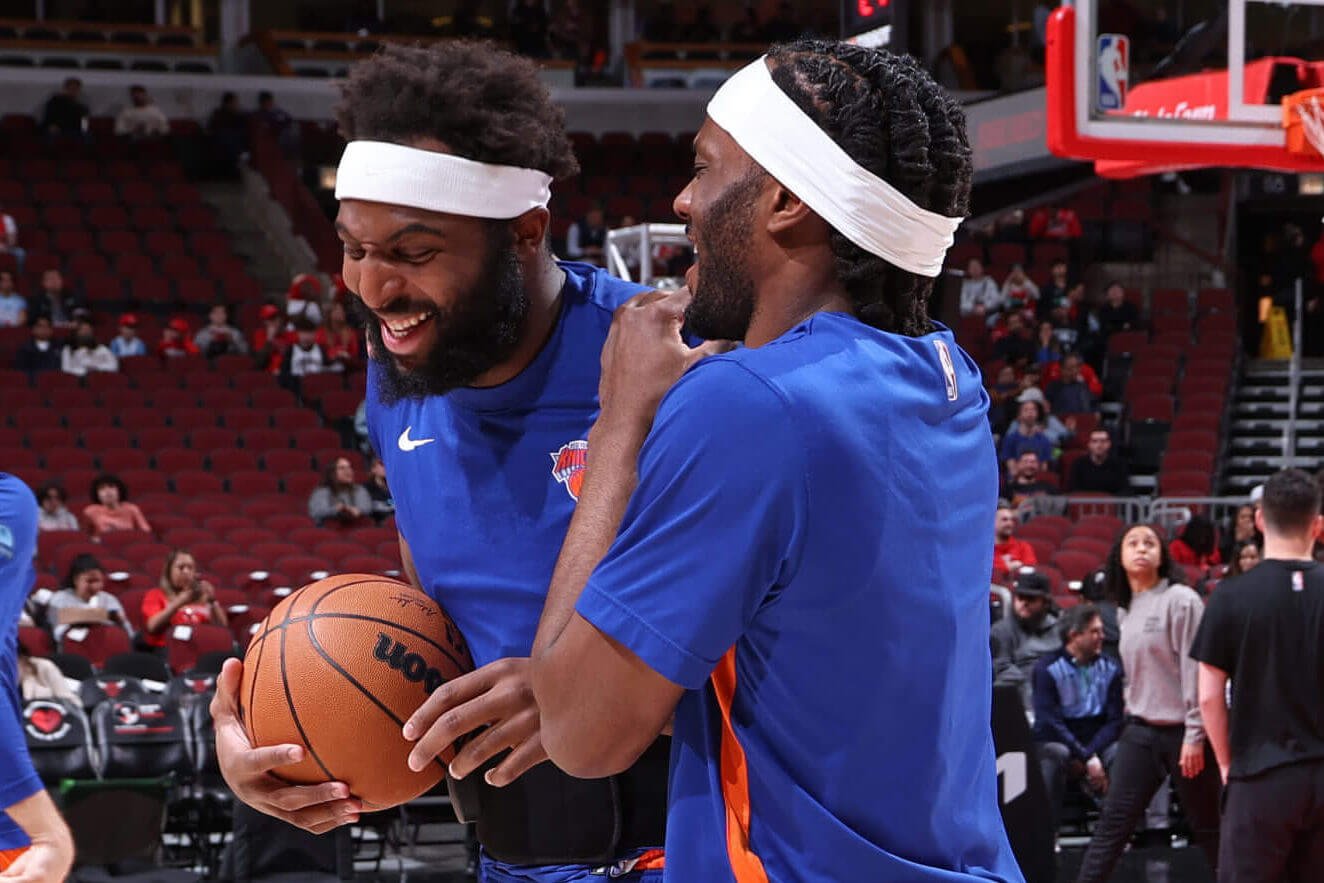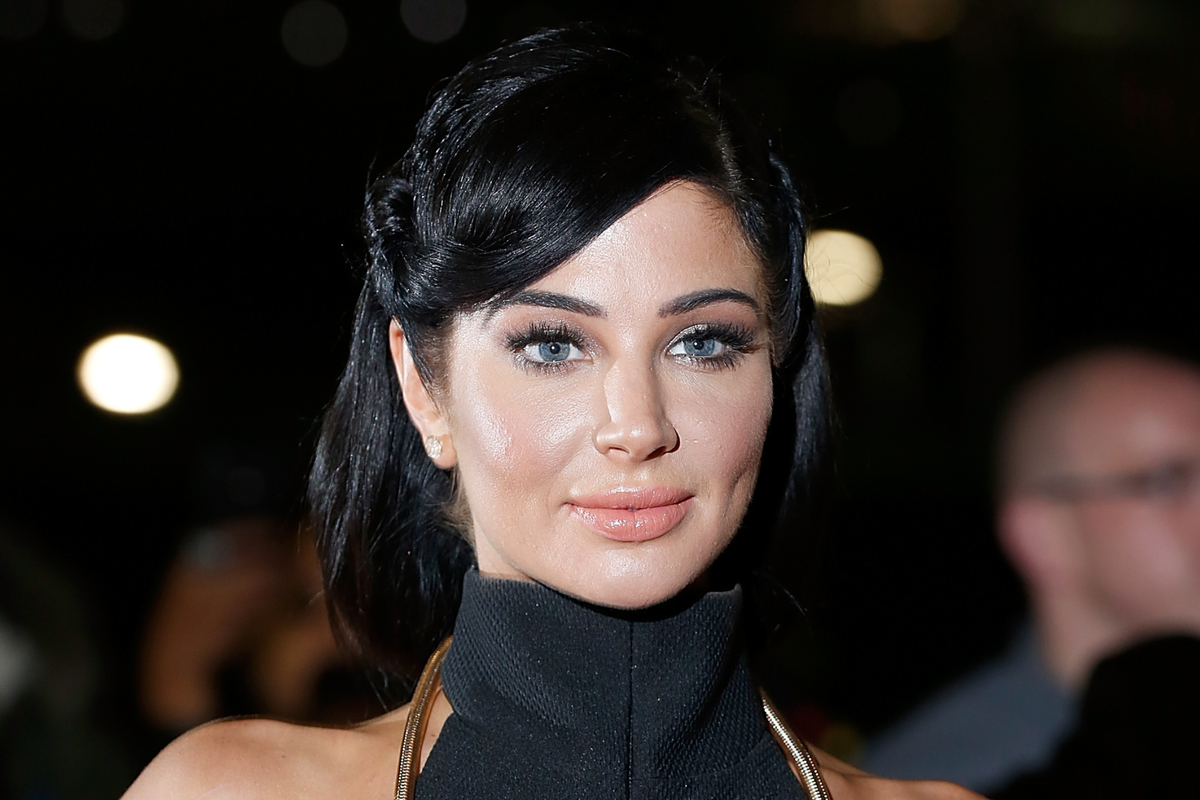Even a fair warning could not save the New York Knicks.
Isaiah Hartenstein is unofficially gone, off to Oklahoma City to compete for a title with the Western Conference’s reigning No. 1-seeded team, and his previous team must look elsewhere for a replacement.
Hartenstein agreed to a three-year, $87 million contract with the Oklahoma City Thunder on Monday, league sources told The Athletic’s Shams Charania. But New York, which signed Hartenstein to a modest contract a couple of summers ago, figured the departure of its starting center was inevitable.
Because of a quirk in the collective bargaining agreement, the Knicks were capped at how much they could pay Hartenstein. They could not offer more than $72.5 million over four years — and only $64 million of that money could be guaranteed. Once the NBA Finals ended, when front offices could begin negotiating with their free agents, the Knicks made the top-dollar offer to Hartenstein, a league source said. The 26-year-old chose to test free agency anyway, figuring more enticing bids were on the way.
He was correct.
Leading up to the start of free agency, Hartenstein’s side informed the Knicks that they should expect other offers to top New York’s, according to league sources. The 7-footer has maintained throughout the process that, all things being equal, he wanted to return to the franchise that helped him break out.
Hartenstein signed a two-year, $18 million deal with the Knicks only a couple of summers ago but blossomed under their watch into Jalen Brunson’s favorite pick-and-roll partner, a defensive dynamo and an analytics darling. But as much as the Knicks wanted to keep Hartenstein, as much as he considered returning, the gap in money was too large.
The Knicks never pulled their offer to Hartenstein, a league source said, even as they planned for his exit.
Unless they make a significant trade, they already employ next season’s starting center: Mitchell Robinson.
No remaining free-agent center approaches Hartenstein’s ability. The list includes (in no particular order) Goga Bitadze, Moe Wagner, Daniel Theis, Thomas Bryant and Mo Bamba. Other 2024 free agents Nicolas Claxton, Jonas Valančiūnas, Andre Drummond, Drew Eubanks, Kevin Love, Mason Plumlee and Luke Kornet have already agreed with other teams.
One name to watch is Precious Achiuwa, the unrestricted free agent who filled in admirably as a backup center and power forward for the Knicks this past season.
New York chose not to extend a qualifying offer to Achiuwa, which would have made him a restricted free agent but made that decision purely because it was better for the team’s cap flexibility. The Knicks are leaving open the possibility of re-signing Achiuwa, a league source said. Were Achiuwa to return, he would play behind Robinson.
The Knicks still have Jericho Sims under contract, as well.
They could use the $5 million taxpayer midlevel exception to sign someone. They could scour the trade market, too. They own trade exceptions worth $6.8 million and $5.2 million, meaning they could absorb players who make up to that salary in trades without sending out any money.
Head coach Tom Thibodeau’s ethos is rim protection. He builds his defenses around it. It’s difficult to imagine a world in which the Knicks fail to prioritize protecting the paint, even if they are overflowing with perimeter stoppers, including OG Anunoby, Mikal Bridges, Josh Hart, Donte DiVincenzo and Miles McBride.
Robinson was in the midst of his best season when he hurt his ankle in December, an injury that required surgery and sidelined him for four months. Robinson underwent another surgery on the same ankle in the spring.
He is a shot blocker, a long-armed paint strangler, suffocating opponents who drive into or run pick-and-rolls at the basket. Thibodeau argues he is one of the best offensive rebounders, as well. He grabbed 17 percent of his team’s missed shots while he was on the court last season, a figure that would have finished second in the league had he played enough games to qualify.
But what about his health? Robinson has played more than 66 games only once in his six pro seasons.
Despite a limited offensive profile, Robinson was the Knicks’ first-stringer until he got hurt. Hartenstein took over shortly after and never gave back the role.
Because of his on-point passing and feathery floater, Hartenstein emerged alongside All-NBA guard Brunson, as half of the Knicks’ favorite pick-and-roll combination. Opponents couldn’t feel as comfortable sending two defenders at Brunson, who could dump a pass off to his center for a push shot, a swing to an open 3-point shooter or a dish to a cutter.
The Knicks didn’t lose much on the other side with Hartenstein in the first unit, either. The advanced numbers framed him as one of the NBA’s most stifling defenders. He finished second in the league in defensive estimated plus-minus. Opponents shot just 52.5 percent on dunks and layups when he was the closest defender, sixth in the NBA among 95 qualifying players who contested at least three a game.
Who finished ahead of Hartenstein? His new teammate, Chet Holmgren.
As attractive as the money might be, Hartenstein was not after only a life-changing payday. He also sought an ideal basketball fit. Chances are, he was not leaving the Knicks for a place where he couldn’t have thrived, even if that place presented a higher salary.
But Hartenstein was made for the Thunder, who needed reinforcements protecting the rim and on the glass. They have now found them.
Hartenstein could play alongside Holmgren, who became one of the league’s most intimidating shot blockers as a rookie in 2023-24. A couple of big men can scare away paint perpetrators regularly.
Meanwhile, Oklahoma City plays a particular style, one that’s reliant on quick decision-making. The Thunder screen fast, cut fast and pass fast. Hartenstein, whose greatest trait is his processing speed, should ease into his new role, whether he closes alongside Holmgren, Shai Gilgeous-Alexander and Jalen Williams or not.
The signing represents a deviation from OKC’s norm. Before Hartenstein, the most money the Thunder had ever given to another team’s unrestricted free agent was a mere $16 million over three years, which they paid to Patrick Patterson in 2017.
Because of the recent trade for Bridges, which is yet to be finalized, the Knicks will be hard-capped this season, though it’s not yet clear at which number. If the deal goes down as currently constructed, sending Bojan Bogdanović and a bundle of draft picks to the Brooklyn Nets for Bridges, New York cannot surpass $178.1 million in payroll, known as “the first apron.”
At the moment, the team is a mere $5 million short of that. However, the Knicks could edit the Bridges acquisition, sending out more money than they are taking in and thus being hard-capped at a higher number, $188.9 million, a threshold known as “the second apron.”
Hartenstein, 26, averaged 7.8 points, 8.3 rebounds and 2.5 assists this past season.
(Photo of Mitchell Robinson and Precious Achiuwa: Jeff Haynes / NBAE via Getty Images)





